Why do the leaves of seedlings turn yellow: what to do, how and what to feed the plants
So, most likely, you are a rather attentive and responsible gardener, so you noticed the yellowing of the leaves of your seedlings in time, and it doesn't matter which one - vegetable (tomatoes, peppers, eggplants, cucumbers) or flower.
Next, you will learn how to determine (including visually) why the leaves of the seedlings turn yellow, what they lack, what needs to be done, how to feed them so that the plants become healthy again and their leaves turn green.
By the way! The site has separate articles about why do the leaves turn yellow cucumbers, tomato seedlings, garlic, roses.
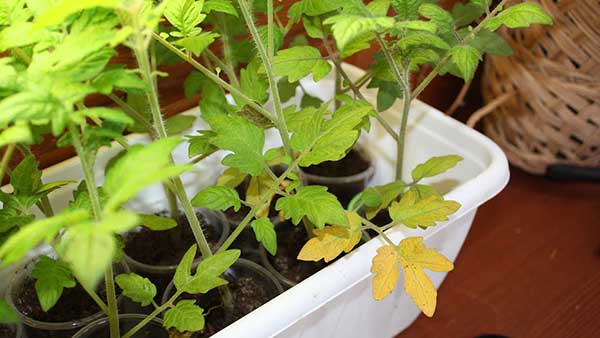
Content
- 1 Why do the leaves of seedlings turn yellow: the main reasons
- 2 Yellowing of seedlings due to improper care and growing conditions
- 3 Seedling leaves turn yellow due to lack of nutrition (fertilizers)
- 3.1 Conditions (factors) provoking nutritional deficiency
- 3.2 Nitrogen starvation - leaves turn yellow evenly
- 3.3 Lack of potassium - the tips of the leaves turn yellow and dry (at the edges)
- 3.4 Iron deficiency - leaves turn yellow but veins are green
- 3.5 Lack of other trace elements (manganese, zinc, sulfur and magnesium)
Why do the leaves of seedlings turn yellow: the main reasons
It's no secret to anyone that plant leaves are the main indicator of their health. Accordingly, a change in their color (yellowing) indicates the occurrence of some kind of problem.
Plant chlorosis is a disease in which the formation of chlorophyll in the leaves is disturbed and the activity of photosynthesis decreases. When this happens premature yellowing and leaf fall, small leaves, drying of the tops of the shoots, dying off of active roots, etc.
As a rule, leaf chlorosis (yellowing) occurs due to lack of nutrition, namely the lack of macro- and microelements, as well as moisture, sunlight. However, sometimes this happens in the case of an excess of them.
The causes of nutritional deficiencies can be:
- initially poor soil (subsequent lack of basic nutrients), decreased or increased soil acidity;
- unsuitable growing and care conditions (including damage to the plant's root system).
Of course, diseases and pests should not be ruled out either, but at home, seedlings, as a rule, are less susceptible to them. Therefore, in this material, we will consider only the reasons non-infectious leaf chlorosis.
Well, let's talk about why the leaves of the seedlings can start to turn yellow, as well as how to eliminate the cause in each case.
Advice! The main thing is to notice the first signs in time, then you can easily deal with the cause of the yellowing of the leaves of the seedlings!
Yellowing of seedlings due to improper care and growing conditions
Watering and moisture
Obviously, if you will to water your seedlings rarely either too scarce (not abundant enough), then the aerial part of the plants (their leaves) will begin to wither, turn yellow and dry out (wither) from lack of moisture.
On the contrary, excessive soil moisture, moisture stagnation due to poor drainage can damage the roots, reducing their ability to absorb nutrients from the soil, yellowing leaves seedlings, reduced growth energy and its withering.
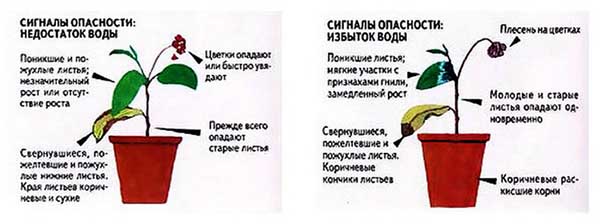
Temperature
On the contrary, too high temperatures (over + 30..35) can cause withering and rolling the leaves of seedlings as well marginal leaf necrosis.
Short daylight hours or sunburn
because of lack of good illumination (too short daylight hours), so to speak, a lack of solar energy, in the leaf system of the plant, the processes of photosynthesis are suppressed, the leaves of the seedlings begin to become paler, and the plant itself stretch out (reach out for the light).
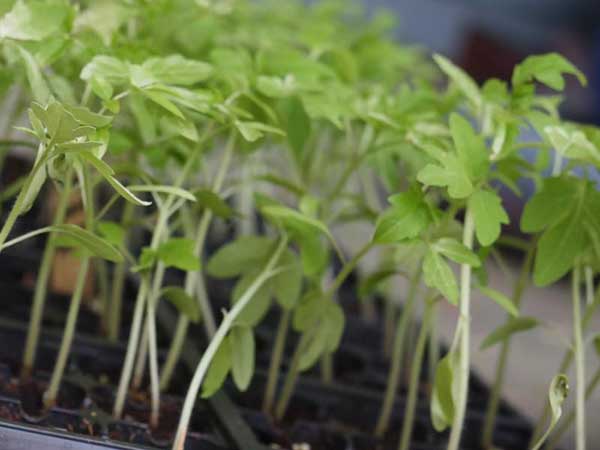
therefore do not rush to early sowing seeds for seedlingswhen the daylight hours are still not long enough (less than 12 hours), or it is necessary to independently illuminate with special lamps.
Also, plants may lack light due to excessive thickening of crops.
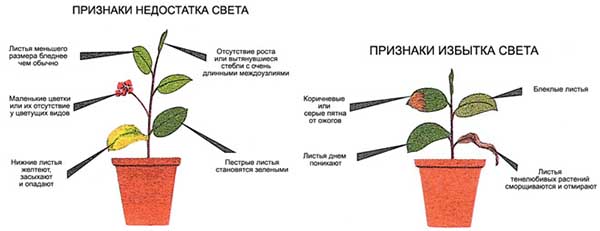
If you grow seedlings on south windowsillthen in direct sunlight the plant can get sunburn... Including due to the ingress of water droplets when watering the plant.
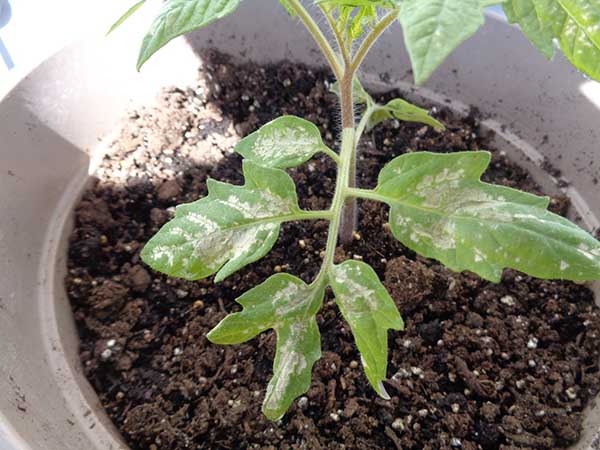
Note! In both cases, the seedling leaves rather turn white and dry than yellow.
Seedlings are too crowded in seedling containers
If the root system of the plant has outgrown the cup, then, most likely, the seedlings began to experience a lack of space (it lacks space) and nutrition for full growth and development.
You urgently need to transplant the plant (picking) into larger seedling containers (cups).
Unsuccessful transplant (picking)
Often, the cause of yellowing of seedlings can be sloppy and poorly executed pick (transplanting plants into separate containers), during which you damaged the root system, due to which the plant cannot normally receive nutrition. Therefore, after picking, seedlings are desirable feed with one of the rooting and growth stimulants (for example, Kornevin, succinic acid, Zircon or Epin).
By the way! The site has a number of articles about picking vegetable and flower seedlings at home:
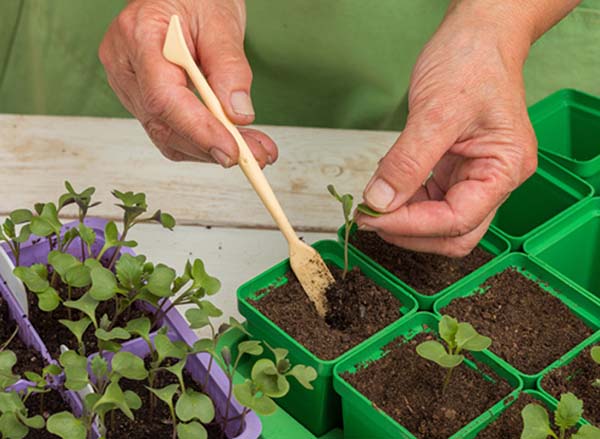
Seedling leaves turn yellow due to lack of nutrition (fertilizers)
Conditions (factors) provoking nutritional deficiency
It should be borne in mind that fasting can begin not only due to the banal lack of necessary nutrients.
- Nutritional deficiencies are usually observed on overly acidic or, conversely, alkaline soils.
The fact is that certain nutrients bind and become practically inaccessible (difficult to digest) for plants at higher or lower levels of soil acidity (pH).
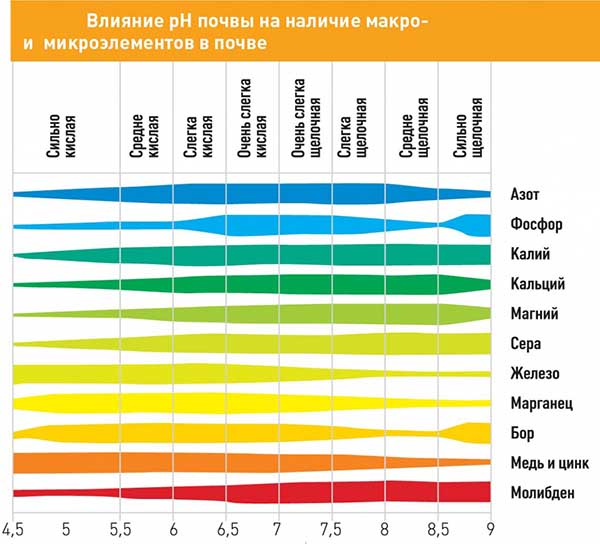
- Excessive or unbalanced fertilization
can also lead to the fact that some nutrient macro - and micronutrients become less available to plants. - Low temperatures, excessive compaction or excess moisture soils can also have a negative impact on the availability of plant nutrients.
Thus, for the plant to receive in abundance all the necessary macro- and microelements, food should be balanced, soil acidity suitable (close or just neutral - 6-7 pH), a care right.
Advice! In order to quickly make up for the lack of any nutrient, it is necessary to promptly feed the plant.
- If a certain macronutrient is missing (nitrogen, phosphorus, potassium), then carry out root (pour liquid solution under the root) top dressing with appropriate fertilizer.
- If there are not enough trace elements (iron, manganese), then foliar dressing (spraying on the leaves).
By the way! It is very convenient to use specialized complex fertilizers, which include all the necessary elements (macro + micro). For example, these are Fertika Lux, Agricola for tomatoes, peppers, eggplants and similar.
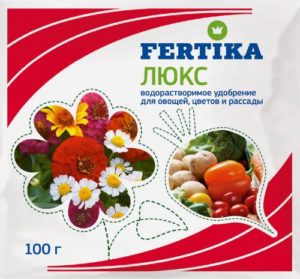
Nitrogen starvation - leaves turn yellow evenly
Perhaps this the most popular reason yellowing of seedling leaves. With a lack of nitrogen nutrition, a general yellowing of the leaf plates of the plant first occurs (old lower leaves), and then his growth in general slows down - the plant begins to lag behind in development.

Note! With nitrogen starvation seedling leaves turn yellow evenly (Not spots, not streaks, not around the edges, not in the middle!).
What to do if the leaves of the seedlings turn yellow due to a lack of nitrogen?
That's right, feed the plant with nitrogen, in other words, perform top dressing nitrogen fertilizer.
However, act according to the norm, with an excess of nitrogen, the plant will begin to fatten.
What are nitrogen fertilizers?
- Mineral: ammonium nitrate, urea (carbamide), ammonia solution (ammonia) other.
- Organic: herbal infusion, mullein solution, chicken droppings.
If you are already using nitrogen fertilizers, then it is recommended to increase their concentration or frequency of application. However, perhaps the reason is different ...
Note! Nitrogen is especially important for plants in the initial period of growth (the first half of the growing season), when the green mass (shoots and leaves) is growing. However, even during the fruiting period (tomatoes, cucumbers), you should not completely abandon nitrogen fertilizers: you just need to reduce their concentration (by 3-4 times).
Lack of potassium - leaf tips turn yellow and dry (at the edges)
If the leaves of seedlings turn yellow at the edges (a yellow border appears)but at the same time in the center they remain green, then this clearly indicates a potassium deficiency.
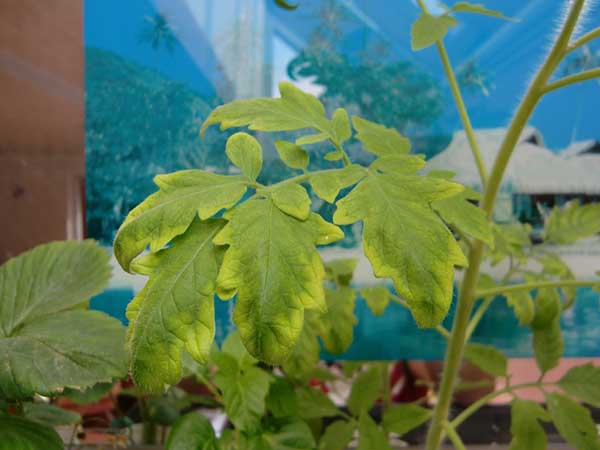
Moreover, sometimes the leaf plates do not just turn yellow at the edges, but get a real edge burn leaves.
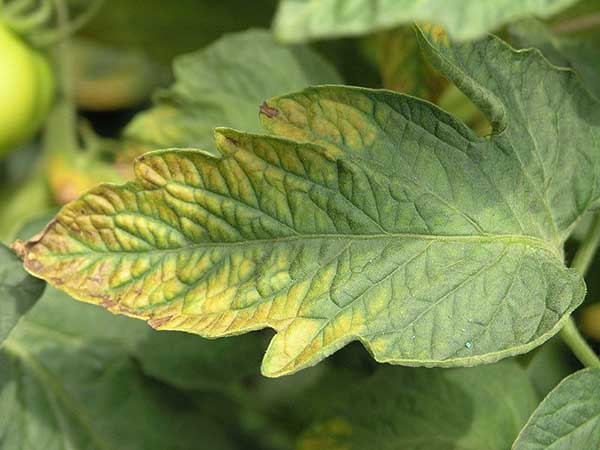
How to make up for the lack of potassium?
That's right, root top dressing with potassium fertilizers (water at the root).
- Mineral potassium fertilizers: potassium sulfate (potassium sulfate), potassium magnesium (+ magnesium), potassium nitrate (+ nitrogen).
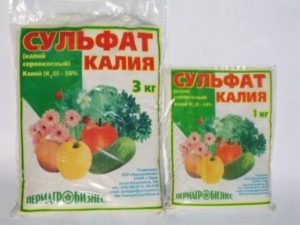
And if you have excess potassium monophosphate (+ phosphorus), then they can be fed (sprinkled) on the leaves.
Important! In no casedo not use potassium chloride or potassium salt.
- Organic - wood ash (+ phosphorus, calcium and other trace elements).
However! Excessive application of wood ash can block the absorption of calcium and magnesium, therefore, the solution should be added with acetic acid.
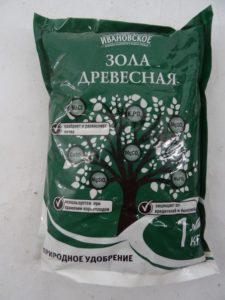
Note! It is especially important to provide plants with potassium nutrition. during fruiting.
Iron deficiency - leaves turn yellow but veins are green
If top young the leaves of the seedlings began to turn yellow, but at the same time veins remain dark green, then this is nothing more than a lack of iron (interveinal chlorosis of plant tissues).
By the way! Iron deficiency is one of the main causes of chlorosis.
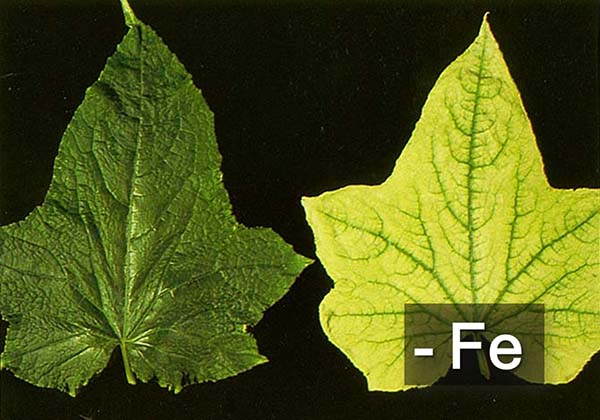
Since iron deficiency is most often caused by a reduced mobility of iron in the plant, it is required to do exactly easily and quickly assimilated feeding the plant with iron, i.e. in chelated form.
For this, it is optimal to carry out foliar feeding seedlings over the leaves (sprinkle) xiron iron.
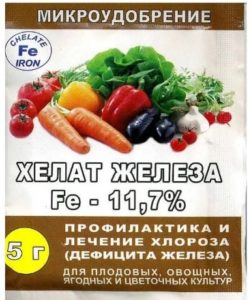
Or use a similar drug Ferovit.
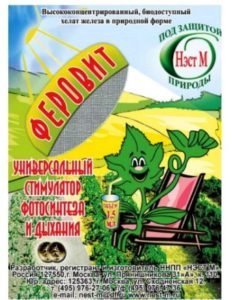
Lack of other trace elements (manganese, zinc, sulfur and magnesium)
Interesting! Deficiency of iron, as well as manganese and zinc, has the strongest effect on reducing the content of chlorophyll in leaves, and a little less - sulfur and magnesium.
- Deficit manganese characterized by the emergence small light yellow spots on the leaves (which then turn brown and die off), while the veins remain green. Stronger manifested on the old lower leaves... You need to feed manganese sulfate (not potassium permanganate, which is potassium permanganate!).
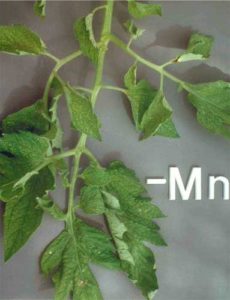
Disadvantage zinc is also a common cause of leaf chlorosis, similar to manganese deficiency, however, the spots turn orange-brown.
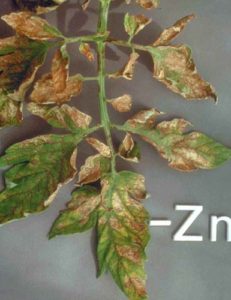
- With a shortage sulfur more old leaves (according to other sources, on the contrary, young) acquire light green color, while the veins themselves also turn yellow... You need to feed ammonium sulfate (+ nitrogen).
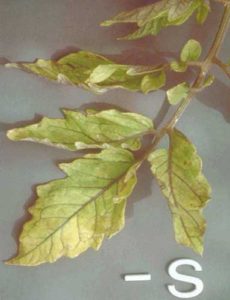
- When lack of magnesium leaves turn yellow between veins (in the interveinal space), and first old bottom, and then the younger upper ones, subsequently they necrotic. You need a magnesium supplement - magnesium sulfate.
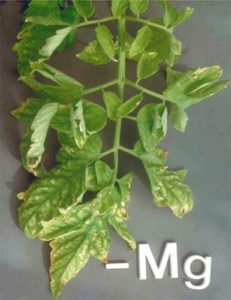
Advice! As you understand, in case of micronutrient deficiency, it is quite difficult to determine which particular trace element is missing (as opposed to nitrogen and potassium starvation). Therefore, in order not to torment yourself and your seedlings, it is optimal to carry out complex feeding with full micronutrient fertilization, for example, Humate +7 or similar (which contains all the main trace elements). And the plant itself will take what it needs.
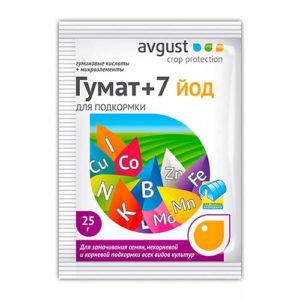
Thus, now you know the main reasons for the yellowing of seedling leaves, you can visually identify them, and also eliminate them by adjusting the growing conditions and feeding. Let your seedlings turn green, good luck!
Video: why seedling leaves turn yellow - fertilizers

